Ultimately, the last bits of improvement don't come from the coach but from the swimmer's internal motivation, calmness and confidence, nurtured by the coaching environment. In essence, the most important element of swim coaching is the holistic development of swimmers physically, mentally and emotionally. Coaches play a pivotal role in shaping not only their swimming skills but also their character, self-esteem and overall well-being. GoodSwim aims to provide the following:
Individualised Approach Recognising that each swimmer has unique abilities, goals, and challenges. Tailoring coaching methods to meet the specific needs of each swimmer ensures optimal growth and progress. Importance of Technique Emphasising proper technique over speed, helping swimmers master fundamental skills, strokes, turns, and starts. A strong foundation in technique contributes to long-term success. Motivation and Confidence Instilling motivation and self-confidence in swimmers by celebrating their achievements, no matter how small and helping them set and achieve meaningful goals. Positive Communication Maintaining effective and positive communication to provide clear instructions, constructive feedback and encouragement that fosters trust and a positive learning environment. Adaptability Adjusting coaching methods as swimmers progress, ensuring that training plans remain relevant and challenging as skills improve. A Lifelong Love for Swimming :)
1 Comment
What causes motion sickness? Motion sickness when swimming can be experienced when pool swimming but it’s more common in open water, especially the ocean. The ocean has more movement and on those days when water is choppy and bumpy, there is an increased chance of motion sickness.
However, it often sets in whilst in deeper water when we can’t go back to shore immediately. In this case stop, try and focus on something static such as a landmark or the sea bed. Try as best you can to calm your breathing and divert your mind, rather than focusing on the nausea. Talk to your buddy, think hard about something else or sing a song.’ If you struggle with motion sickness then maybe ease yourself into swimming in different conditions. Ocean pools can be useful for this for safety reasons. The ocean pools are affected by the tides and on high tide can get quite bumpy with water spilling into the pool from the surf therefore a lot of water moving around. Swim a little and often in different conditions to acclimatise your body to the movement of the water. Keep a calm rhythm with your breathing, keep movement and sighting to the minimum with a good head position looking down. When ocean swimming you never know when the conditions can change. Motion sickness can happen with any water activity, not just swimming so ALWAYS buddy up and know your limits. Have you suffered from motion sickness whilst swimming?
If you find just breathing is holding your swimming back... check out this step-by-step guide that shows you the technique you need to allow you to breathe efficiently. Here's my top 10 tips... 1. Make sure to rotate your body side to side when swimming freestyle, this makes it easy to get your face out for a breath. 2. Be relaxed in the water, being tense uses a lot of energy and and limits your flow. 3. Always exhale underwater and inhale over the water. 4. Do not lift your head up for a breath, instead just roll your face out of the water to the side. 5. Do not hold your breath for too long, breathe every 3 or 2 strokes. You should be breathing all the time, not waiting until you need a breath. 6. Try to keep one ear in the water when breathing, this will make sure you remain streamline and do not lift your head. 7. Make sure to leave your arm out in front gliding forward while breathing, this will help forward movement and prevent sinking. 8. If you only breathe on one side, practice breathing on both sides every now and again to help balance the body. 9. Before you get in the pool, take some large breaths in and out to stretch out your lungs, this will make it feel easier to breathe when you are swimming. 10. If you are struggling contact me and I can work with you. Learning how to breathe is the basic fundamental of swimming.
When swimmers come for stroke correction the first thing they say is I am too slow, I want to swim faster. Firstly, my swimmers have to swim a lap without any instruction so I can see where their technique is at, my first comment will most likely be… OK now swim back 50% the speed you just swam. When I tell people to swim slow, they will slow down, almost pause over the water but they often still rush their arm through the underwater phrase, especially on their breathing arm. This is usually due to the lack of momentum keeping their bodies afloat and this can then often lead to a 'timing limp' in their stroke. The best way to improve your technique is to slow down and be more aware of the small changes. If you rush through movements chances are you are not feeling the water and using it to your advantage. You have to learn to swim slow and find your stability and balance through your core to feel what makes you a strong swimmer. My swimmers have to swim a couple of laps with a swim float / pull buoy between their knees because a lot of swimmers use their legs as stabilisers. The purpose of swim float / pull buoys is to create extra buoyancy for your hips and to bring your body position in line so you are more streamlined. This can help you to focus on the rest of your stroke, build core strength, slow down your stroke – and a whole host of other useful things to improve your overall swimming. Once your legs are together you become streamlined but then you become unstable so most swimmers struggle with other aspects of their swim stroke… rotation, stroke timing, arm alignment, breathing and co-ordination. If you slow down your stroke to practise breathing elements or arm entry timing, especially as a beginner, your hips and legs can begin to drop through the lack of momentum. This will render the drill useless and encourage bad positioning. This is going to help you develop a better feel for the water, which will make it so much easier to develop a more effective and balanced freestyle. Freestyle technique video. Find your balance, stability and strength slowly = stronger and faster through every stroke. REMEMBER - You have to slow down before you speed up! If you are looking to achieve a goal in your swimming get in touch and lets Get Swimming - [email protected]
Surfing fitness and paddling are one and the same as being able to swim. The benefits of being able to swim, especially ocean swim are numerous. Anyone who surfs knows that paddling endurance is essential, arm, shoulder, core and basic overall strength and flexibility. We spend more time paddling than we do actually surfing on a wave. Plus, all leashes can break at some point so being a strong swimmer is crucial, especially if you are heading out into bigger waves. Swimming requires plenty of stamina but surfers require stamina plus short bursts of energy and strength for paddle power to get out the back and onto waves. Because of this, surfers need something different from just traditional swim training if you want to build up stamina to continue paddling for wave after wave. Ideal training for surfing is swimming laps in a pool but you need some variation with drills. The best surfers in the world are all excellent swimmers. Get some good goggles and hit the pool and imagine yourself at the backline on a big day without a board. Designing your swim programs to help your surfing makes it easier to get motivated to jump in the pool and train. Due to the physical nature of surfing, pool training usually involves some kind of breath work to improve lung capacity, cardiovascular health, which also helps in keeping calm through wipeouts. Yoga training also helps the body make efficient use of oxygen, as well.
Swimmers and surfers use essentially the same muscles for propulsion but for different purposes and in slightly different ways. Freestyle swimming involves pulling the body through the water, keeping the body line long and straight while rotating the torso and kicking with the legs for more propulsion. Paddling a surfboard is similar to freestyle swimming with regard to the 'pulling' part of the stroke. Like swimming, the powerful muscles of the lats, back, arms and core are constantly engaged to paddle while keeping the body on the board and the head up.
If you want an individual swim program to help improve and enhance your surfing fitness and breath control
contact me to discuss. Drills isolate the problem, help correct the problem, help ingrain the correction. Drills are a useful part of working on form and technique in your swim. By stepping away from just swimming up and down the pool, you can focus on elements of your stroke and add the correct movement and control. You then give your speed the chance to improve through making elements of your stroke stronger. Many novice swimmers who are just starting to swim can only manage a few lengths without taking a break. To improve your swimming by just continuing to do 500 metre sets may get you faster over time but will always be limited by inefficient form, also ingraining bad habits which will prevent you from getting faster and more efficient. BUT drills and swim aids are only a tool and should be used properly and specifically. They are not to be used over mindless laps, use them with purpose to improve form and help with speed and fitness. Make sure you know why you are doing that drill and what it is aiming to improve. Drills build awareness of what your body is doing and how important different elements of your stroke affect your overall body alignment, strength and efficiency. Below is an example of the Fingertip Drag drill / Zip drill – Swim normal Freestyle dragging fingertips along the surface of water on the recovery. Focus on a high elbow recovery, which ensures proper hand and elbow position at your hand entry. You should also check your body position during this drill, focusing on good side-to-side rotation.
If you are looking to learn to swim or improve your technique and efficiency get in contact.
Swimming for surfersNo matter how much you want to surf, sometimes there are days when going out is just not an option. So what to do...? Swim! When conditions due to weather or otherwise make surfing impossible, keeping in shape for surfing is best achieved by staying in the water. Swim sessions are strong workouts for surfing, such as paddling and breath control.
Skills? It is a good idea to mix up your program to keep it interesting and prepare your body for different conditions and circumstances in the ocean.
Feel comfortable and confident with your ability and skills in the ocean.
Contact Linda for Learn to Swim, Introduction to Ocean Swimming, Ocean Swim Skills and Stroke Correction lessons. Naomi contacted GoodSwim wanting to progress with her swimming ability and also to feel more comfortable in the ocean. As a keen surfer, Naomi felt she needed more confidence with waves, moving water and reading the ocean. Need to get more confident in the ocean – contact Goodswim today and chat to Linda about a tailor made solution. What was your swim ability before you started swimming with GoodSwim? My body knows how to float and swim short distance in a pool or in the shallow part of the ocean. I have never thought about ocean swimming. How did you feel after your first few sessions? I was never able to swim freestyle but I did it on our first lesson! Linda’s instruction was super clear that all I had to do was practice. Swimming long distance (i.e. one end to the other end of a pool) has never been a fun activity for me but I began to enjoy it.
Coaches notes: Naomi came to GoodSwim looking to gain confidence in the ocean and learn how to breathe efficiently and effectively doing freestyle. After several pool sessions to work on her breathing and ability to stay calm and relaxed Naomi became too reliant on the pool walls for comfort and they also created distance barriers. So we progressed slowly into the ocean where Naomi started to feel at home and loved to watch the fish as she swam along. In fact it was getting harder and harder to get Naomi to continue swimming and not get distracted by the fish! We also did some small wave body surfing which she also loved and I have never seen a smile so BIG. Naomi also reached her goal of swimming Manly to Shelly beach and it was beautifully captured by another great friend and swimmer @hesgallery. See video here > As surfers we need to be sure of our own ability to be in the ocean and being able to swim is both essential and potentially life saving! Always respect the ocean and look at the conditions and ask yourself... 'If my leash breaks whilst out surfing could I swim to shore or safety?'.
If you are looking for ocean or surf swimming lessons get in touch today! Esme came to GoodSwim with a love for the water but wanting to progress from breaststroke and become more efficient in her freestyle stroke. Also wanting to become more relaxed and comfortable in open/ocean water. Need to get more confident in the ocean – contact Goodswim today and chat to Linda about a tailor made solution. What was your swim ability before you started swimming with GoodSwim? I am a breaststroke swimmer who loves ocean swimming, I wanted to learn freestyle (the crawl) having stopped at some point as a kid. I had previously learned a few pointers at a few group lessons elsewhere however my confidence was low and I needed someone to really look at what I was doing and needed to do. How did you feel after your first few sessions? My first lesson I was nervous and embarrassed, I’m not very good with direct attention especially relating to athletics. It was exactly what was needed though. The first thing that Linda did was enable my confidence as a swimmer, highlighting my strengths and investigating areas for improvement. The classes were challenging in the best possible way and I could feel myself improving. How did GoodSwim help you on your swim journey? I feel that I have been given excellent tools to help me become a better swimmer and have valued all of my swim lessons and ocean time with GoodSwim. Linda is supportive whilst being analytical so my stroke and ability are continually improving. GoodSwim is an extremely apt name both the lessons and regarding becoming a (better) swimmer. What was a breakthrough/stand out moment for you? Linda asked me when moving from oceans pools into the open water, can you feel it when you move into a current, I couldn’t I was still thinking about too many things, other swimmers, the massive waves, the open water, where the shore was, sea life, my breath, my arms, my legs, my body in the water, my foggy goggles, a rogue swim cap and my ability. I love it now when that’s all I feel, I’m moving through the current swimming. It's not all time, it's just a really lovely moment. Do you have a goal or personal achievement you are working for in 2020? I still have work to do on becoming the capable swimmer I want to be, I’m focusing on technique, fitness and confidence all of the time, as an adult learner slow and steady is ok by me. Then it's time to join some open water swimmers freestyle. Coaches notes: Esme came to GoodSwim looking to learn freestlye and gain knowledge of how to breathe efficiently and effectively. As a breaststroke swimmer Esme relied upon that stroke whenever she got out of breath and was feeling uncomfortable. But from a couple of pool sessions she begin to gain more distance without stopping and to breath more comfortably. We also did a couple of sessions in the ocean to gain more confidence without walls to rely on. Being in the open ocean comes with its own set of challenges both physically and mentally. Esme was able to work on both of those elements whilst feeling the freedom of ocean swimming and trying to overcome being pushed outside her comfort zone. Are you struggling with your breathing whilst swimming?
Sounding all a lot easier said than done?! If you want to work on your breathing technique whilst swimming then contact me on 0404 245 825 and we can a create a personal program suited to your abilities.
|
Archives
October 2023
Categories
All
|

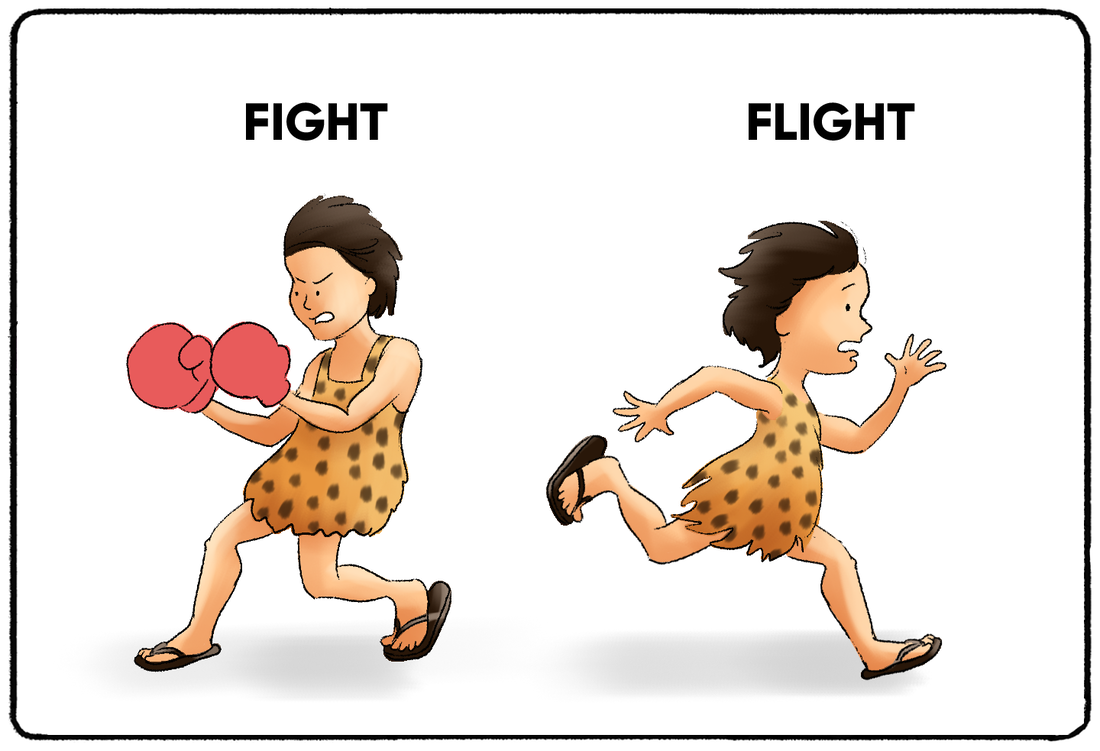
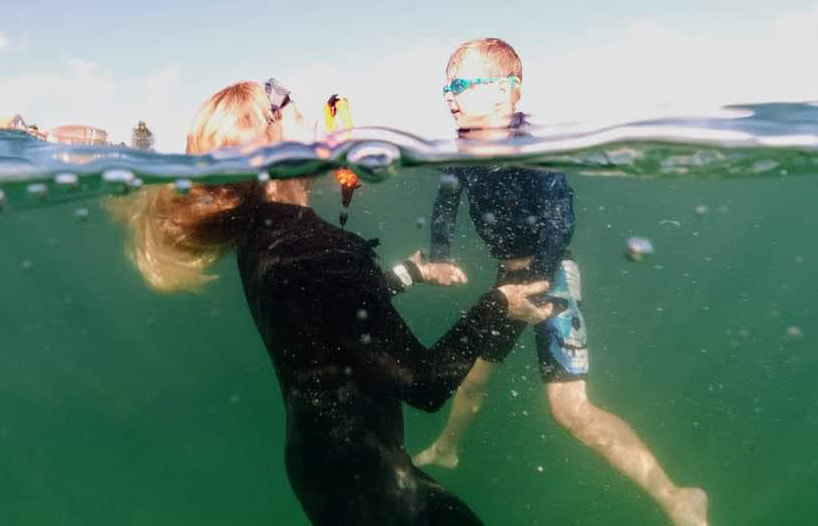
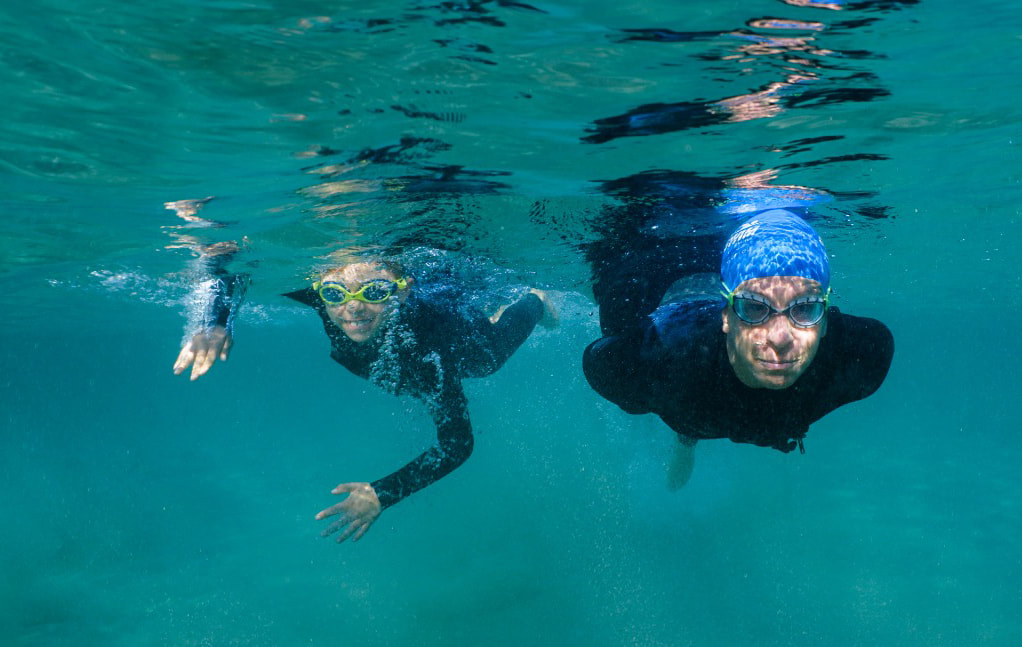
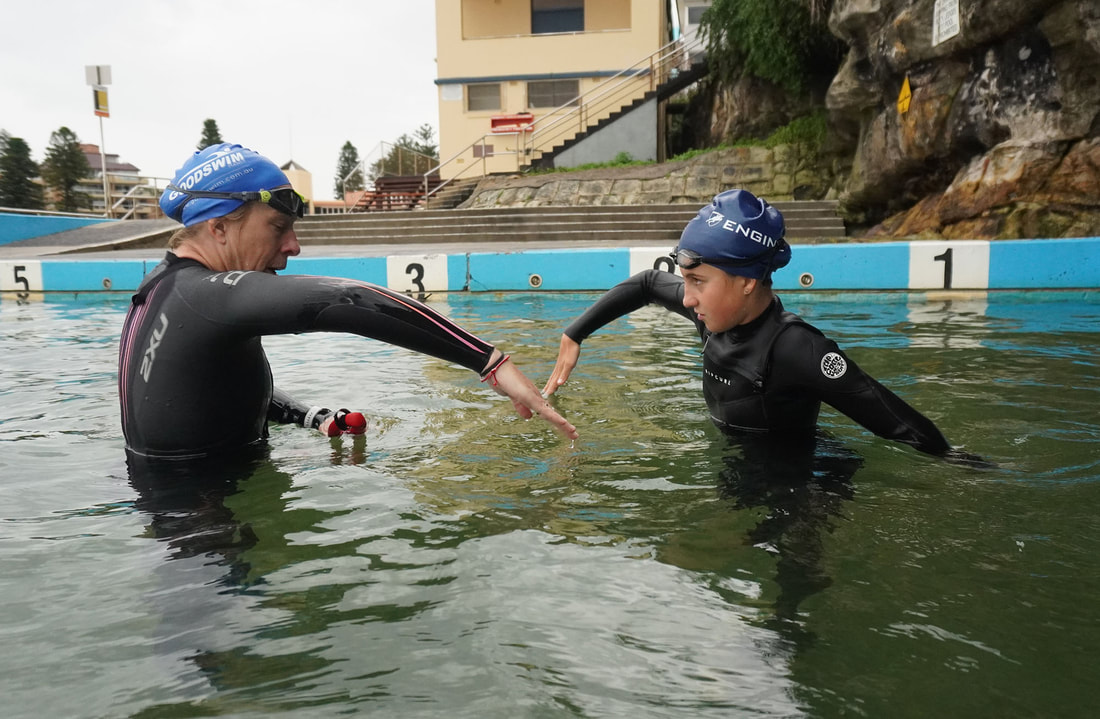

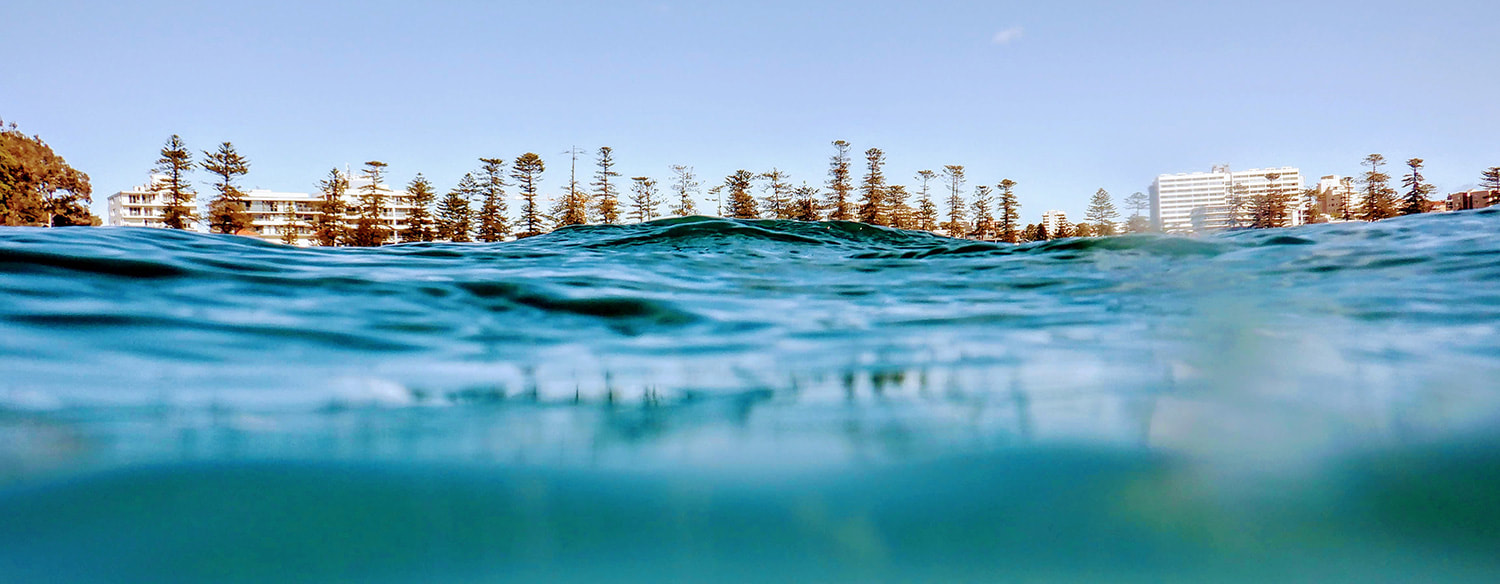
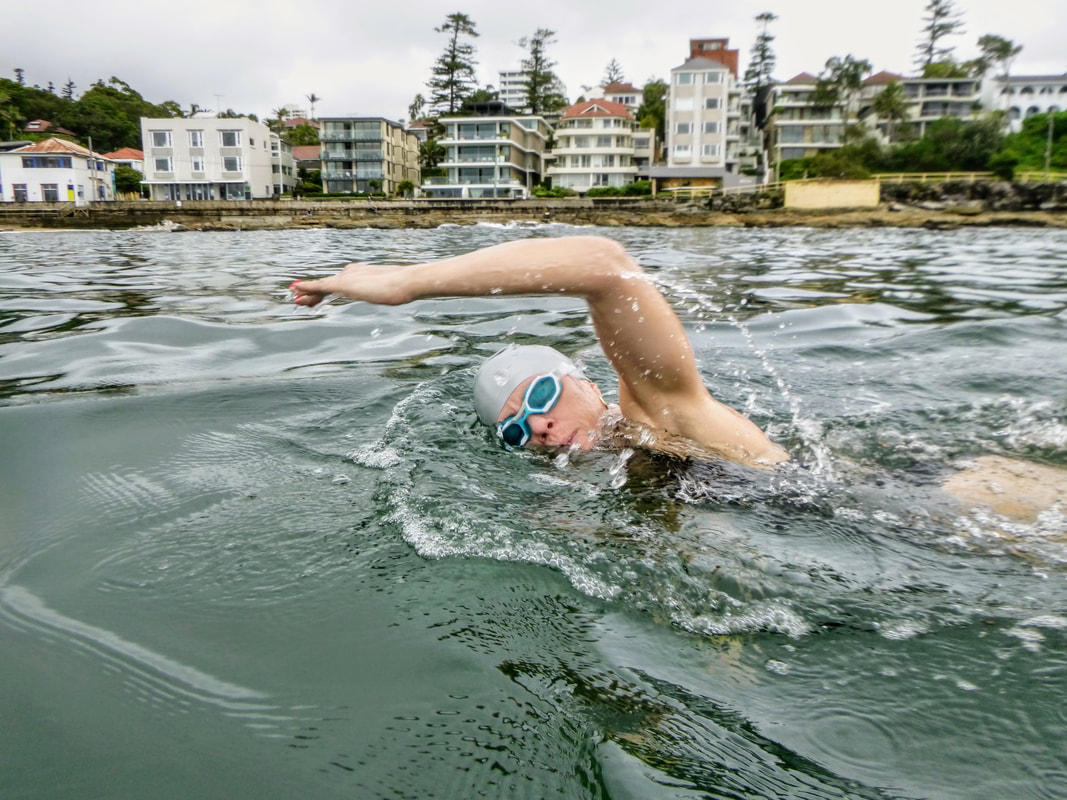
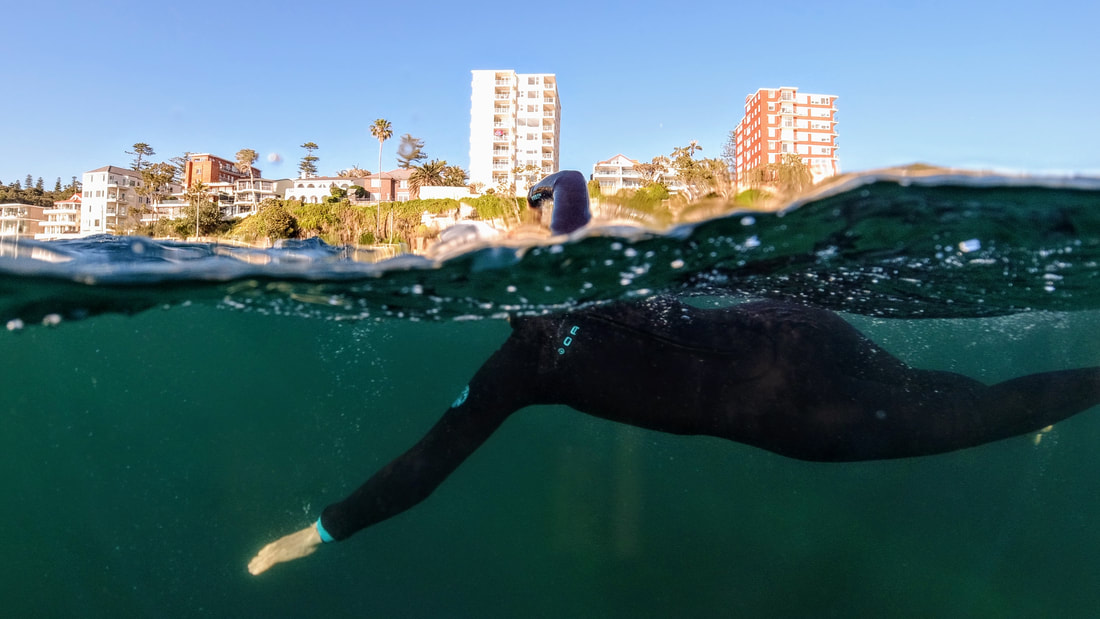
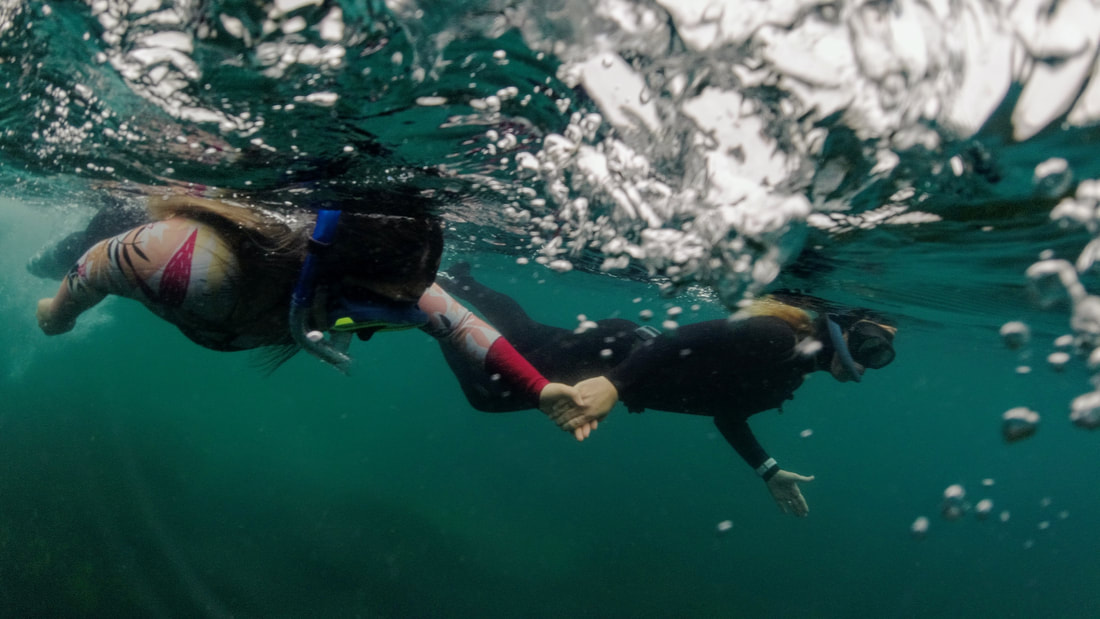
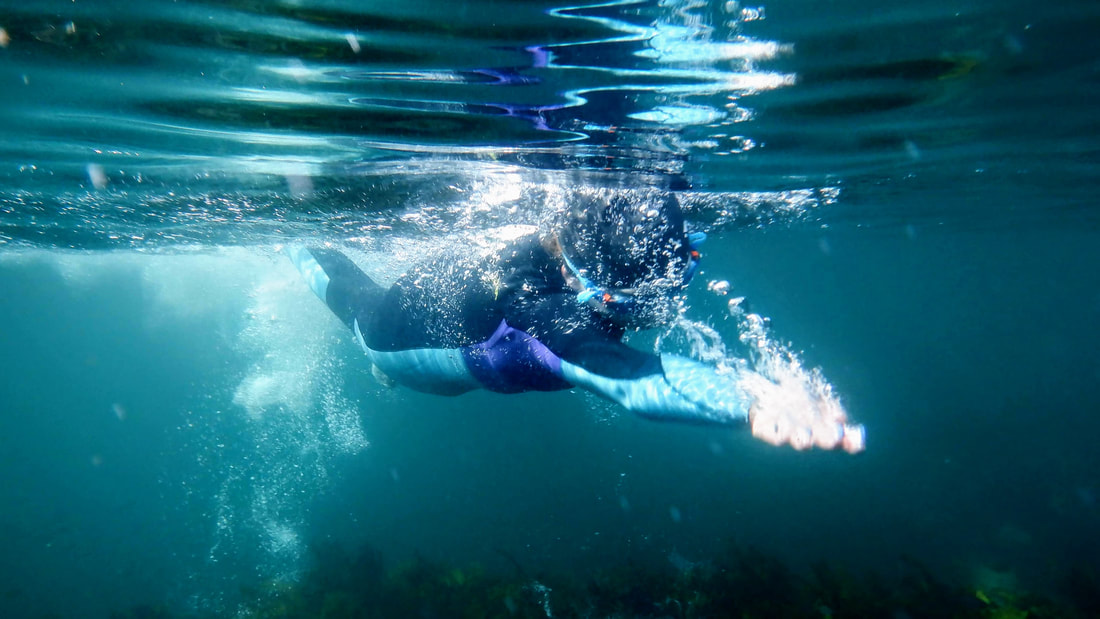
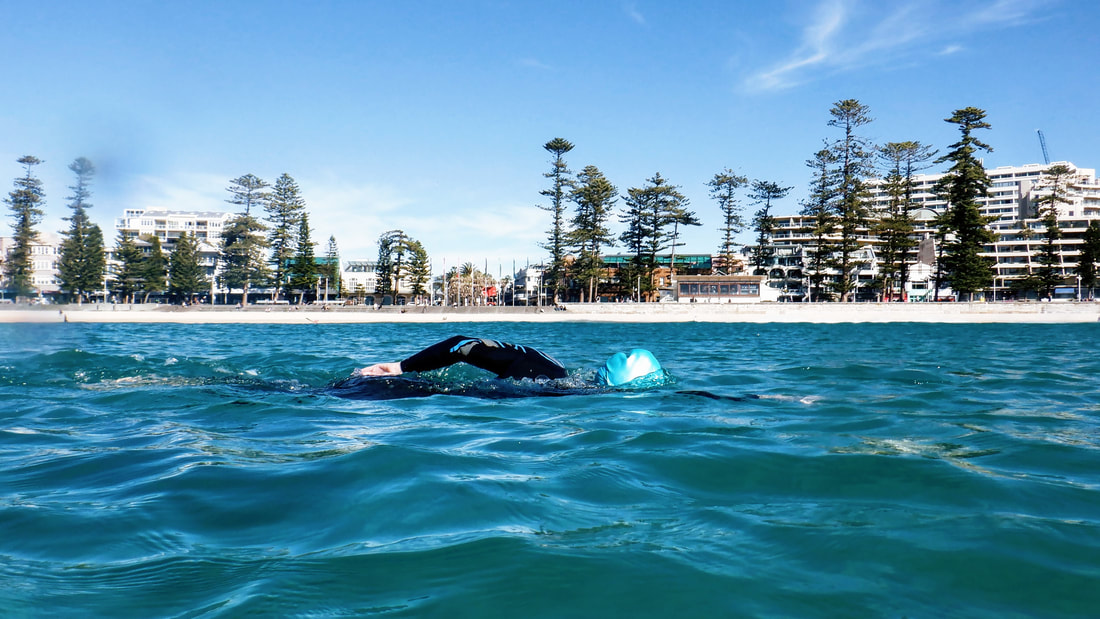
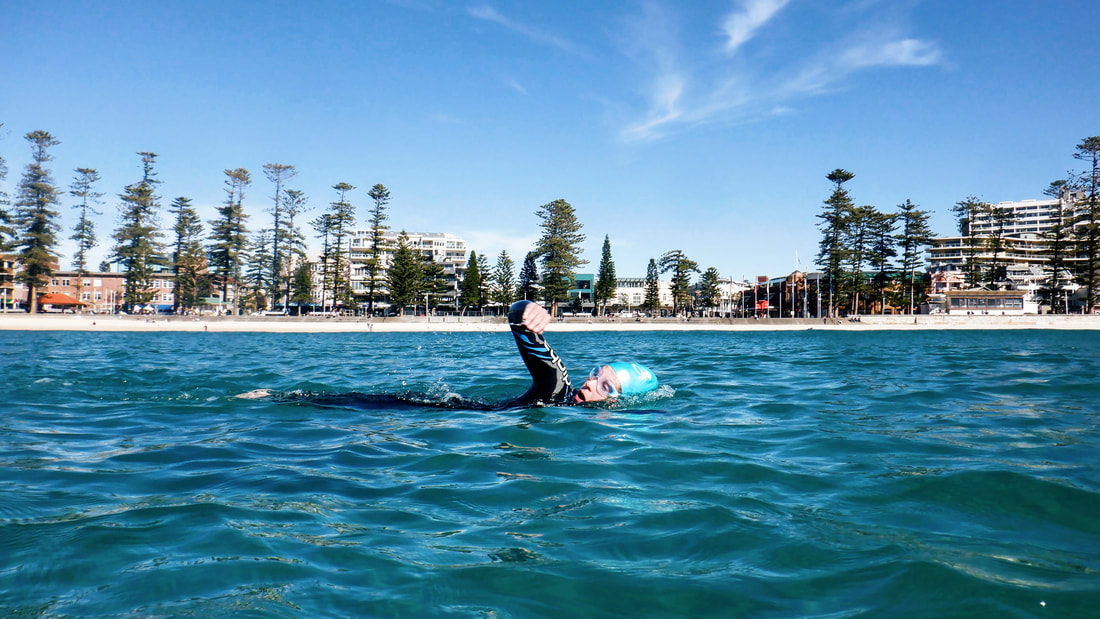
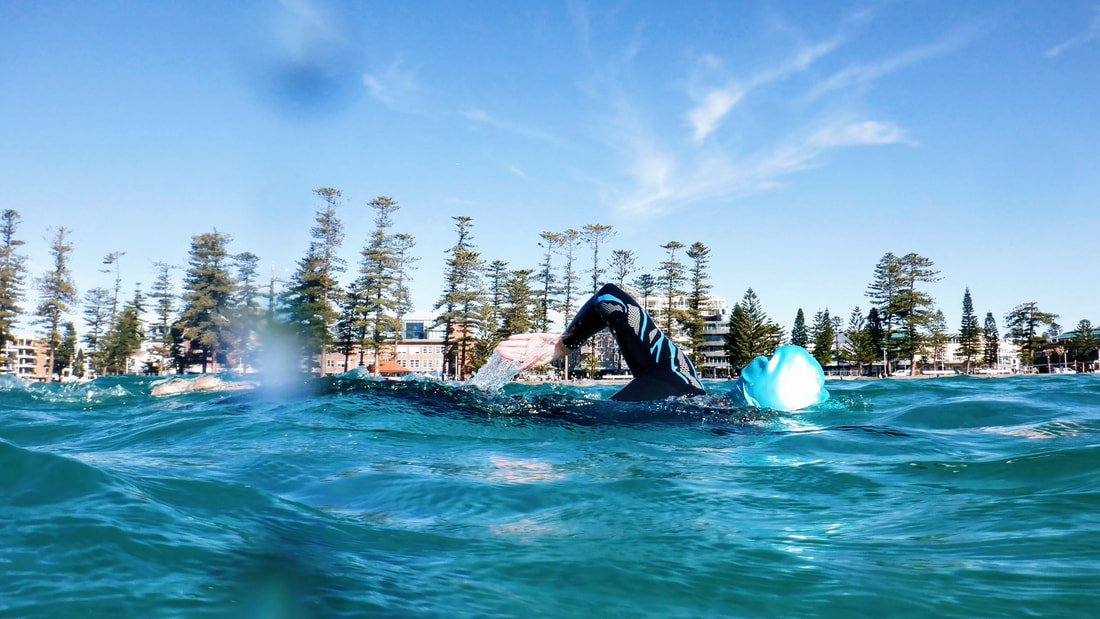
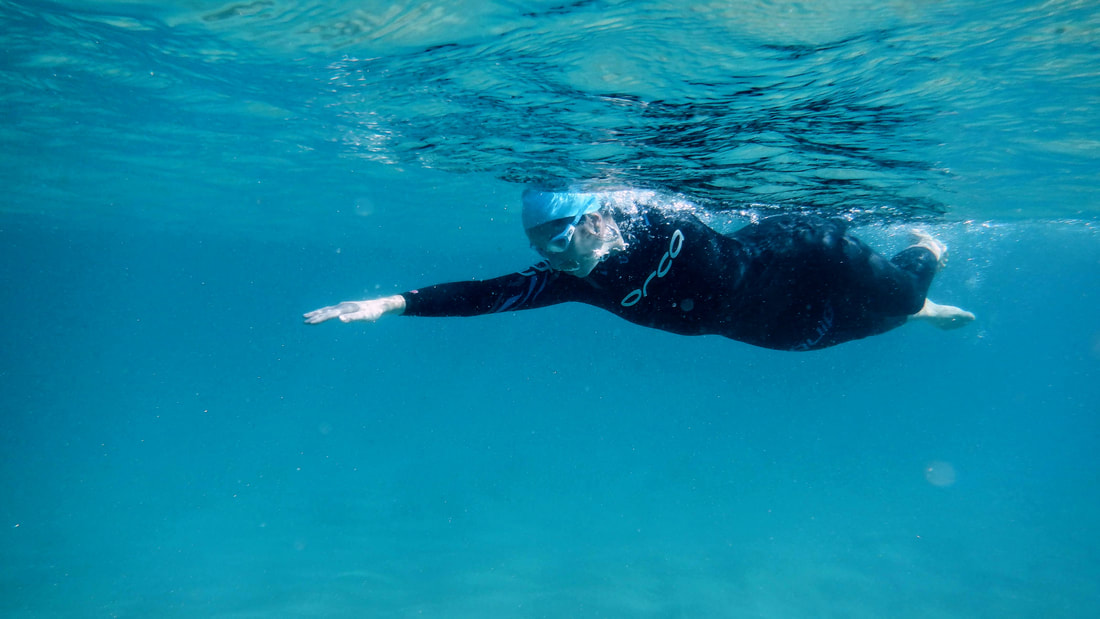
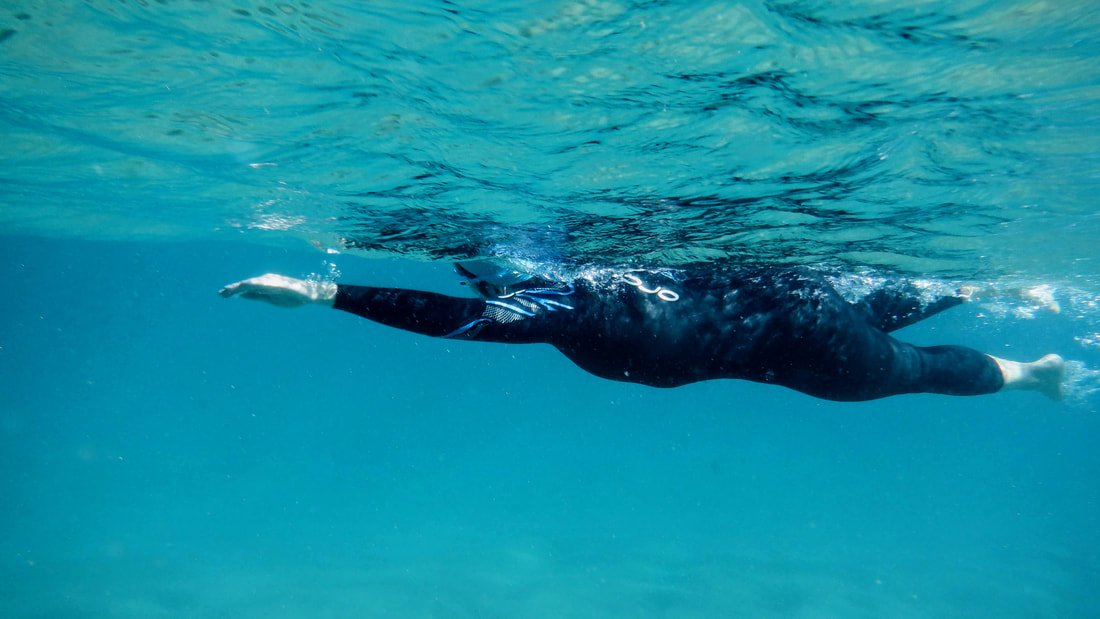

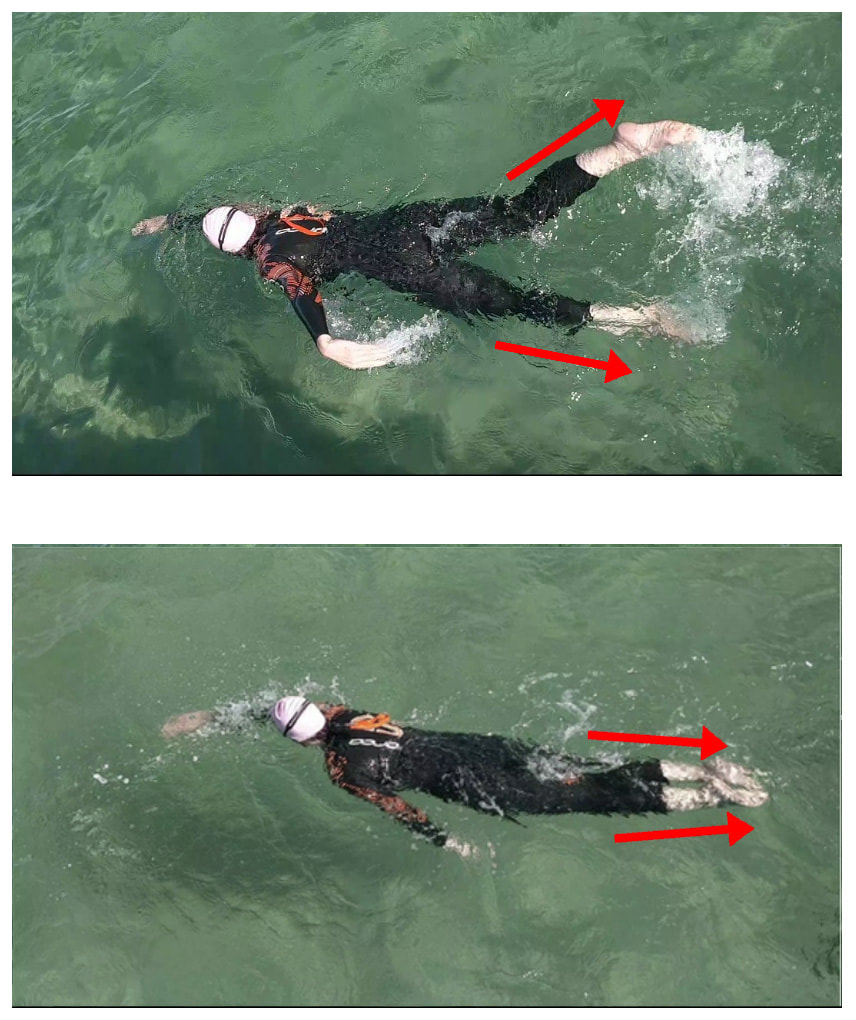
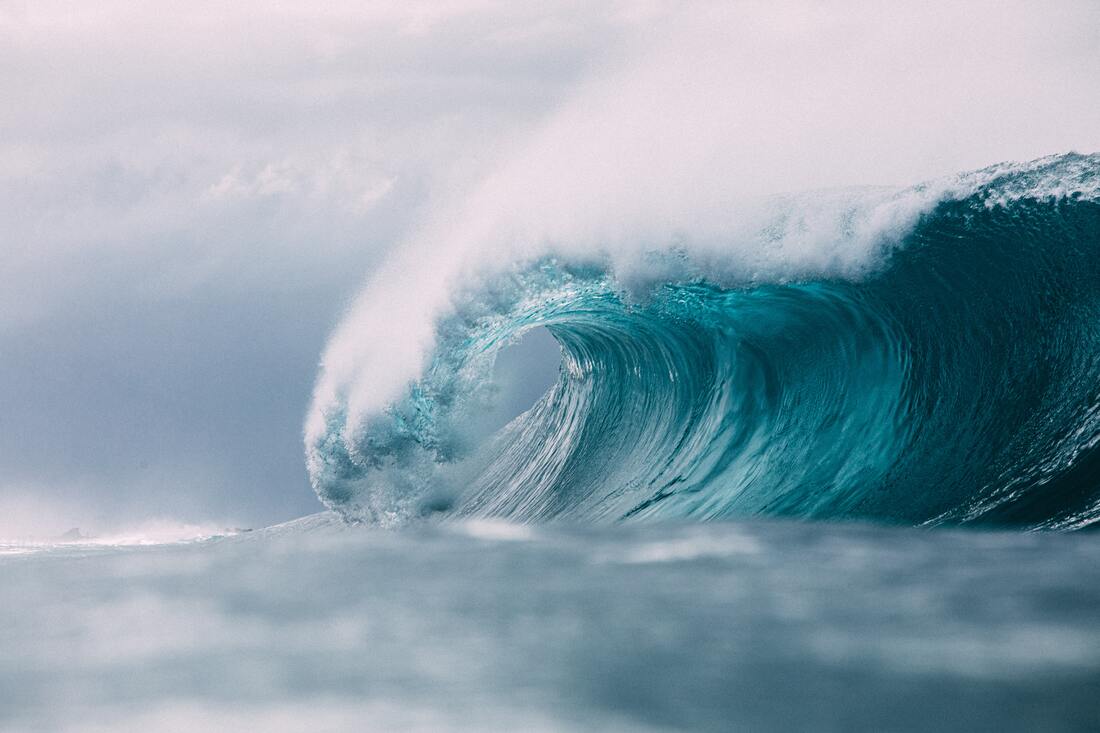
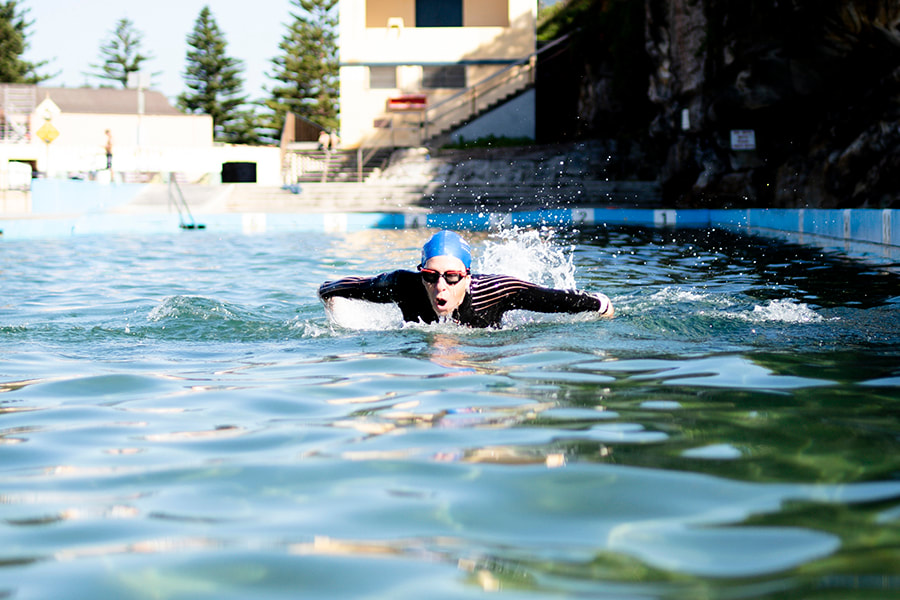

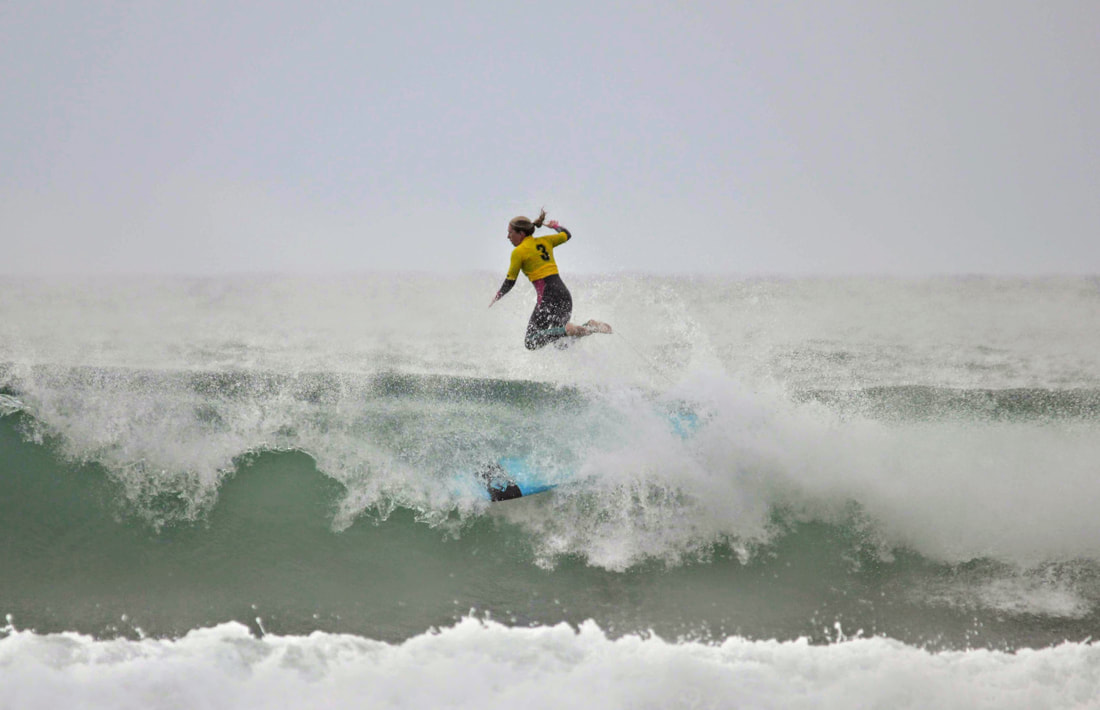
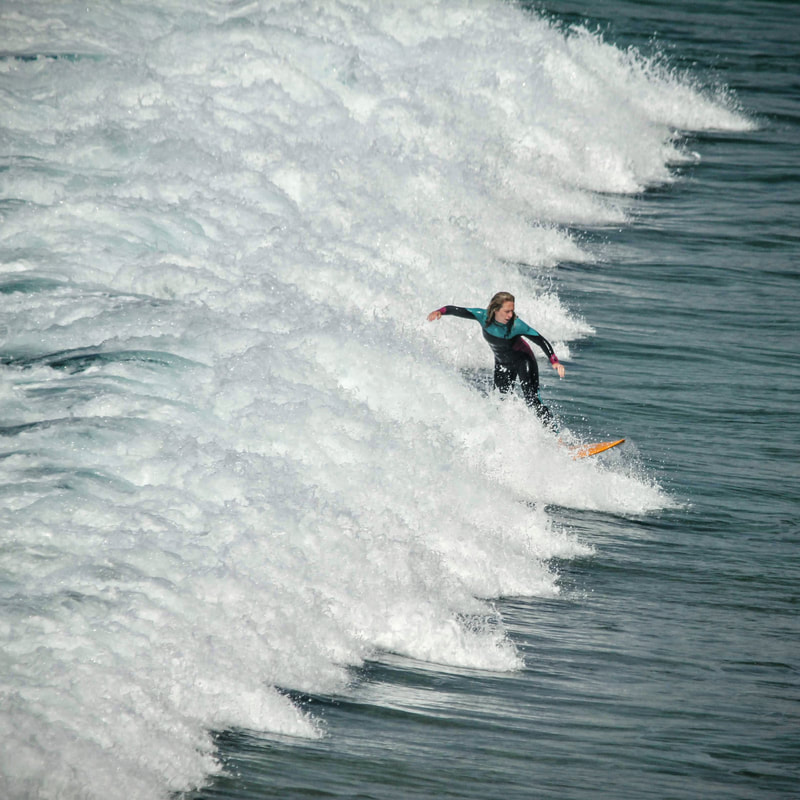
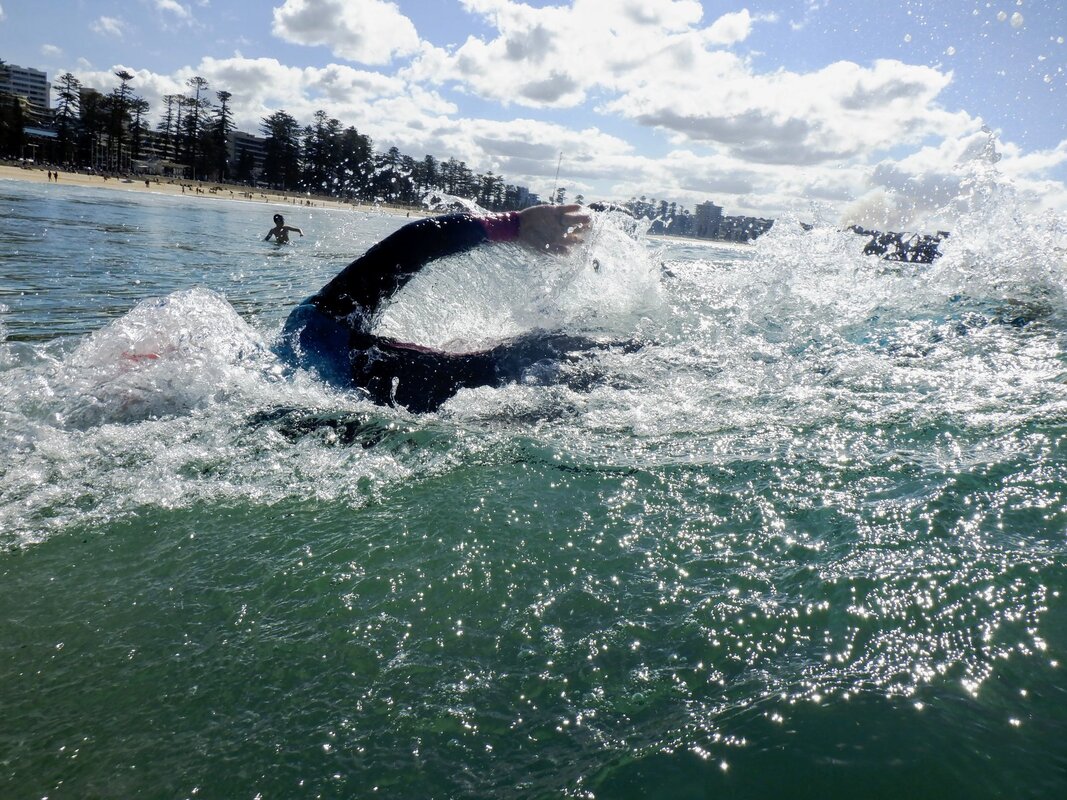
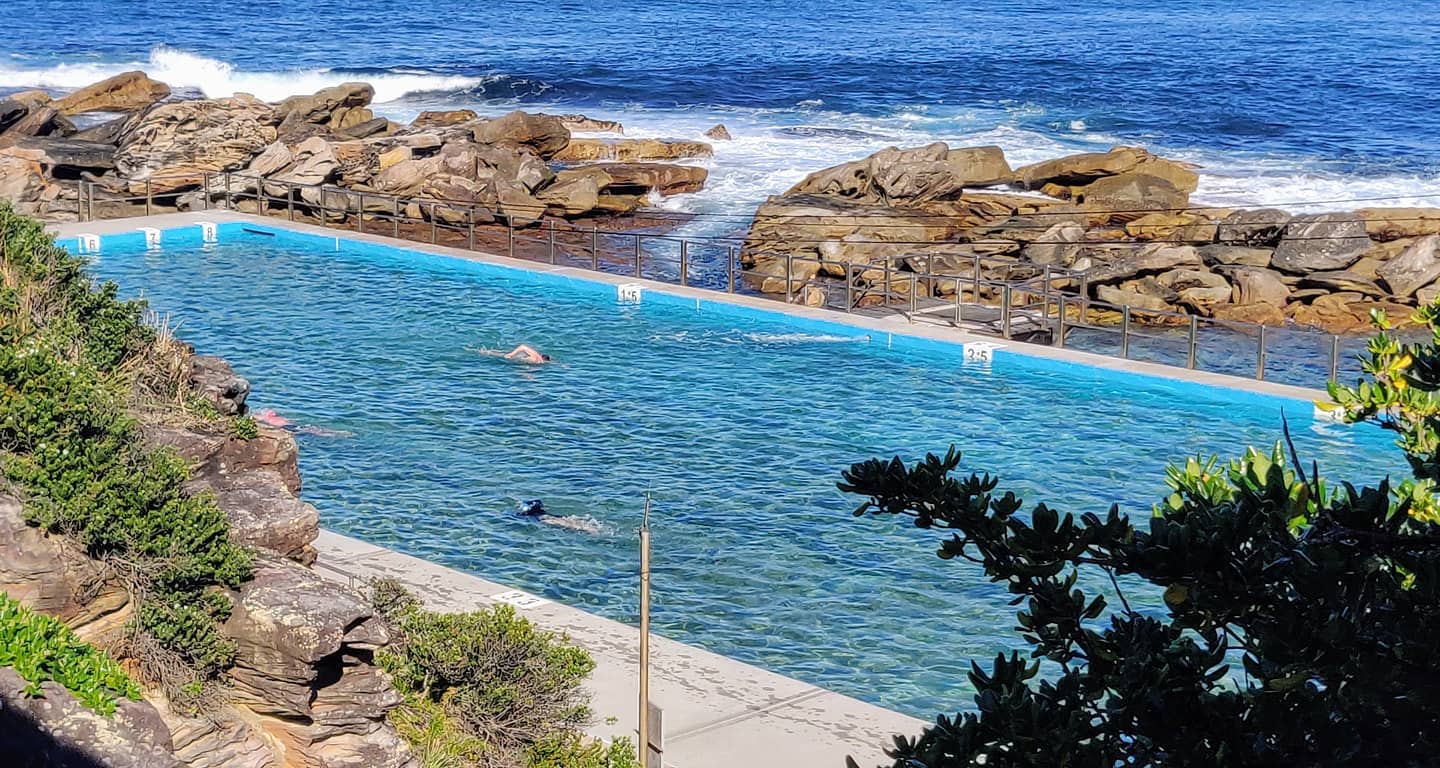
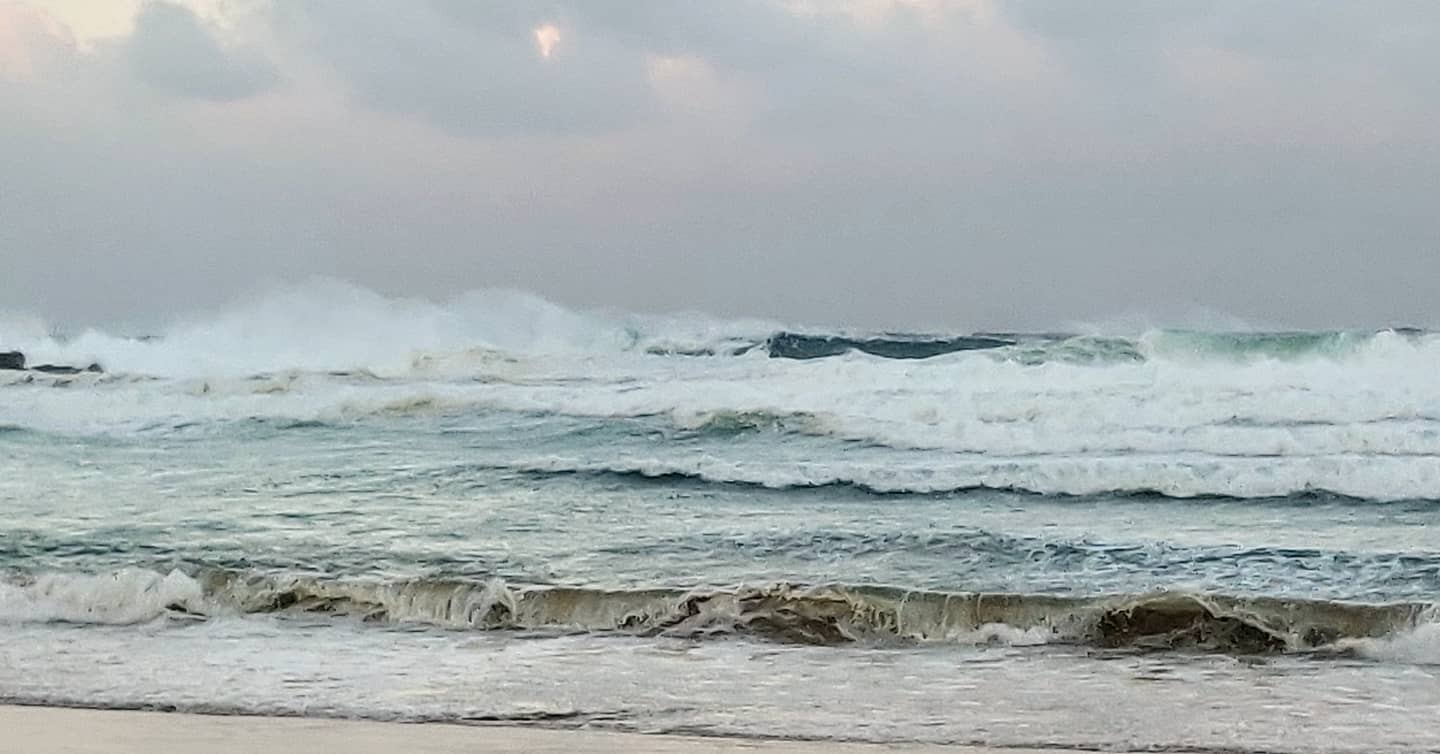
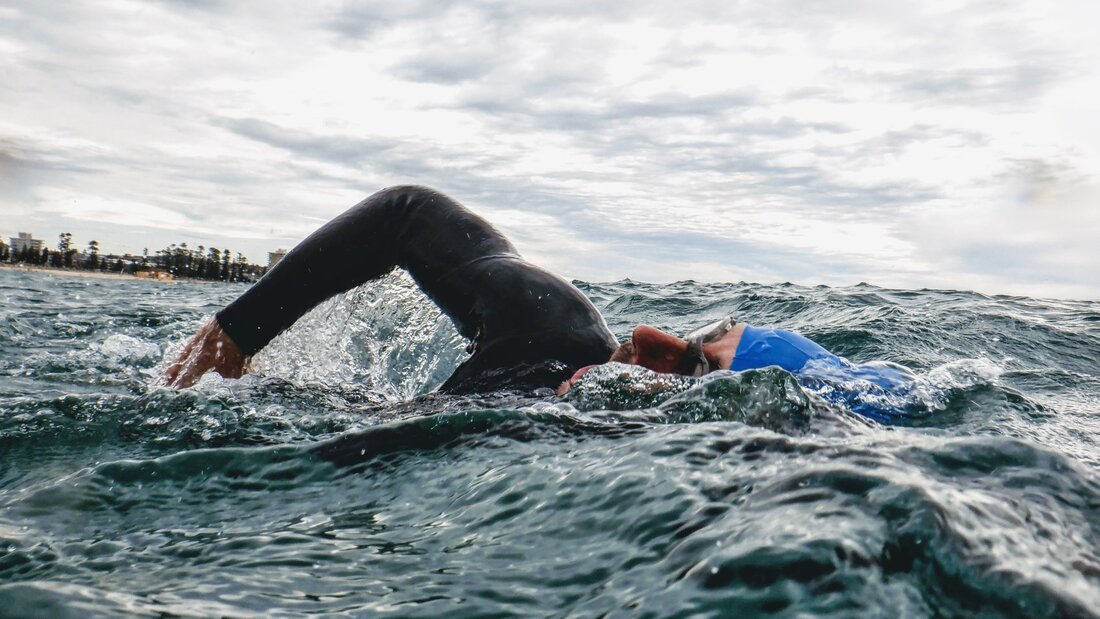
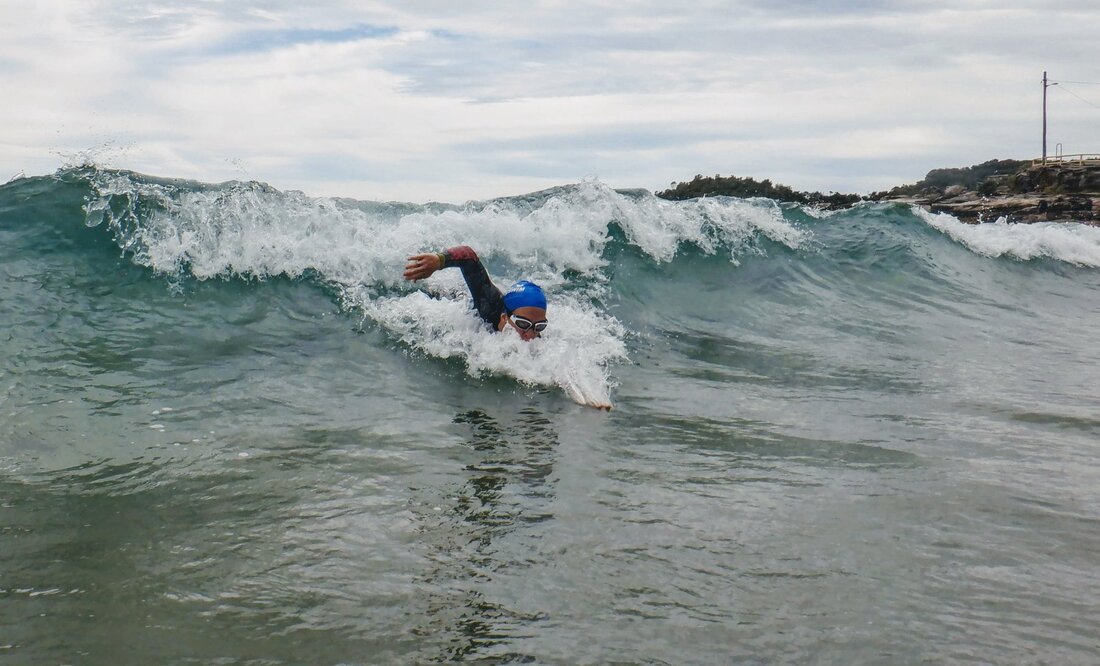

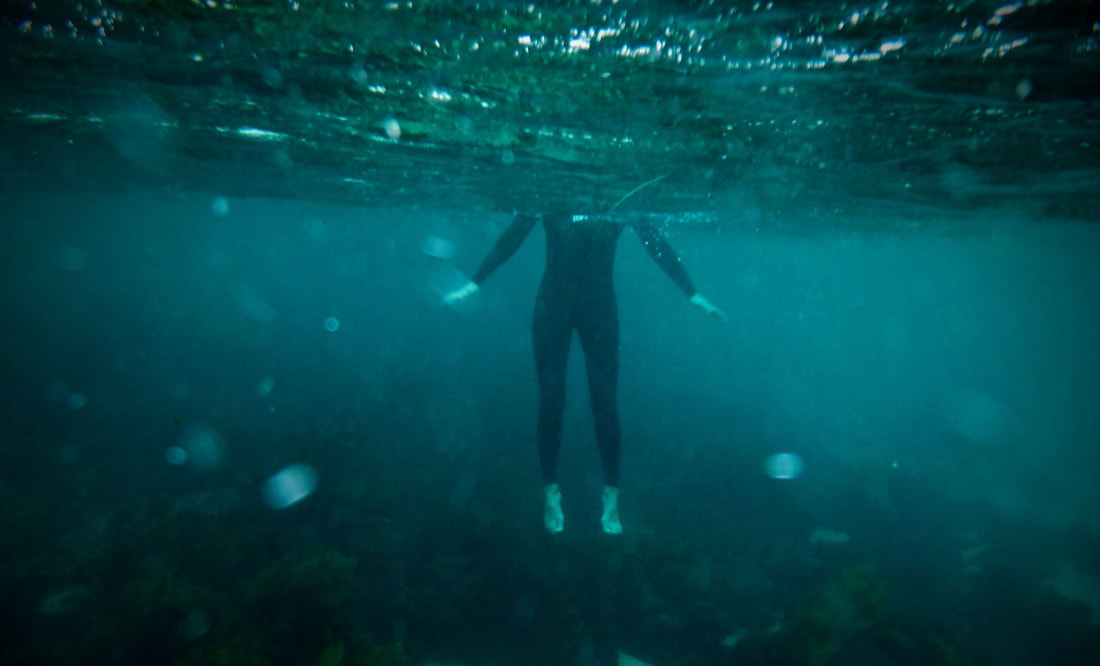
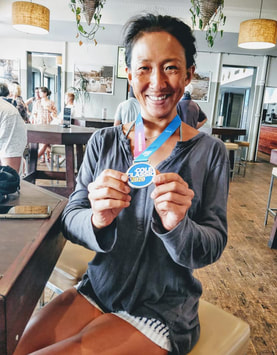
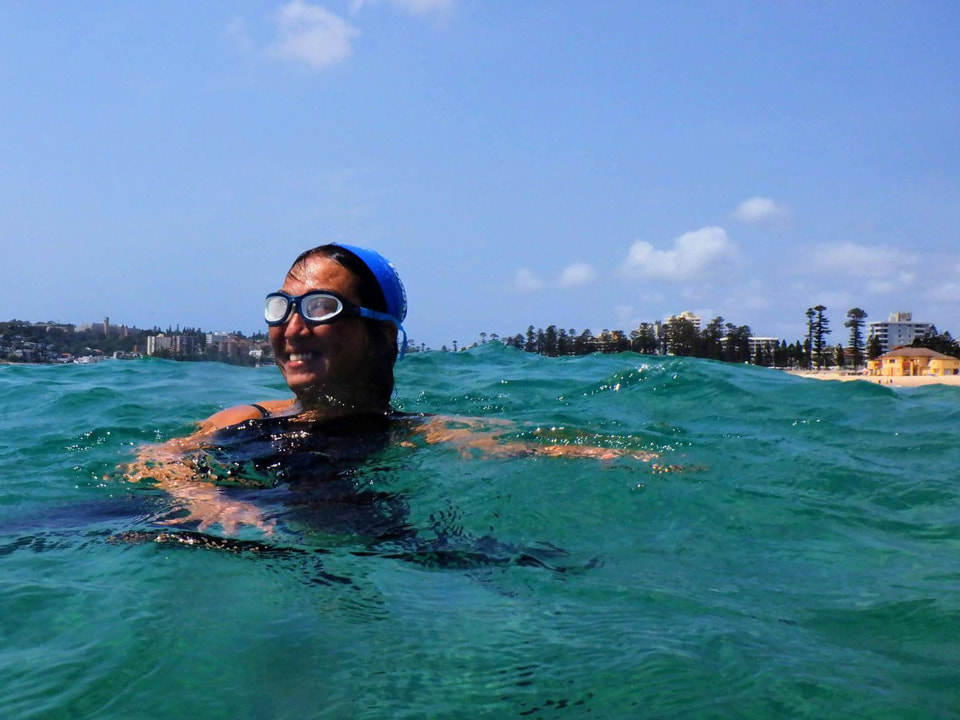
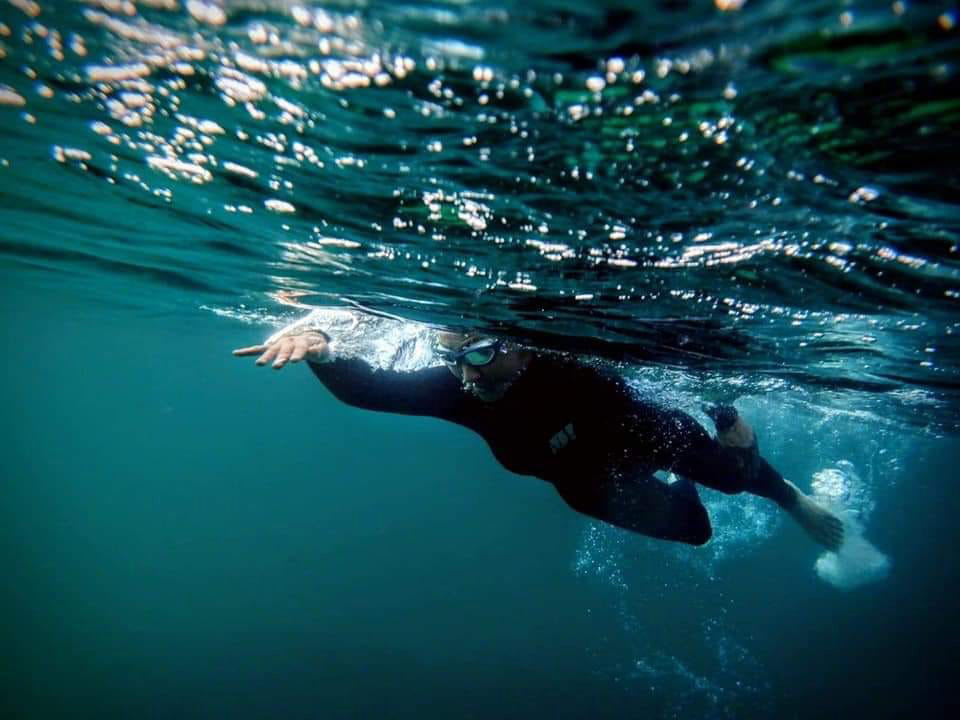
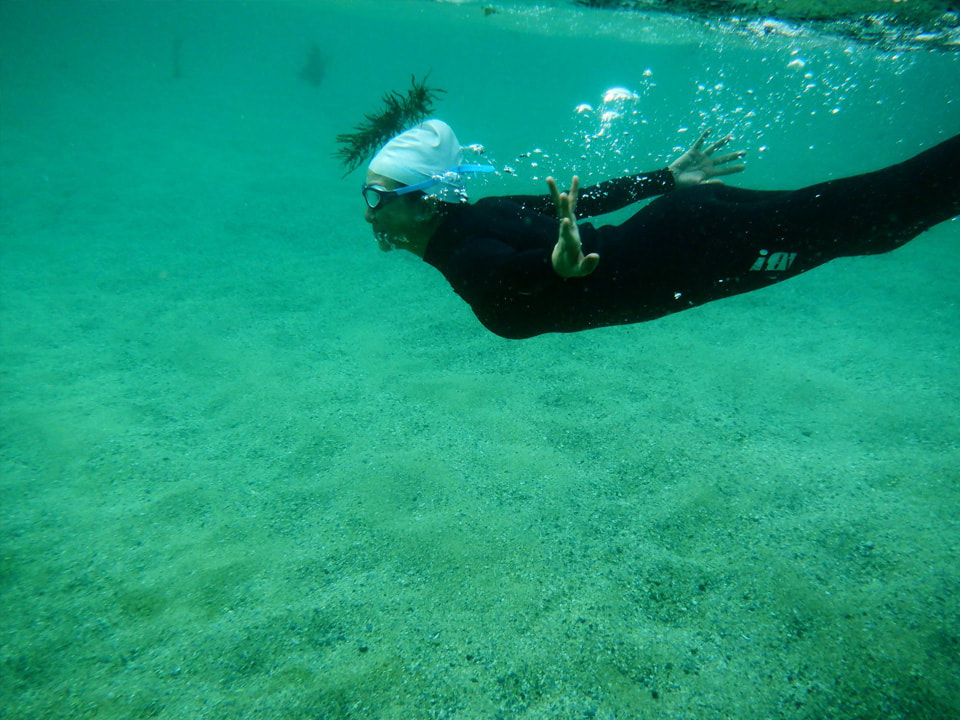
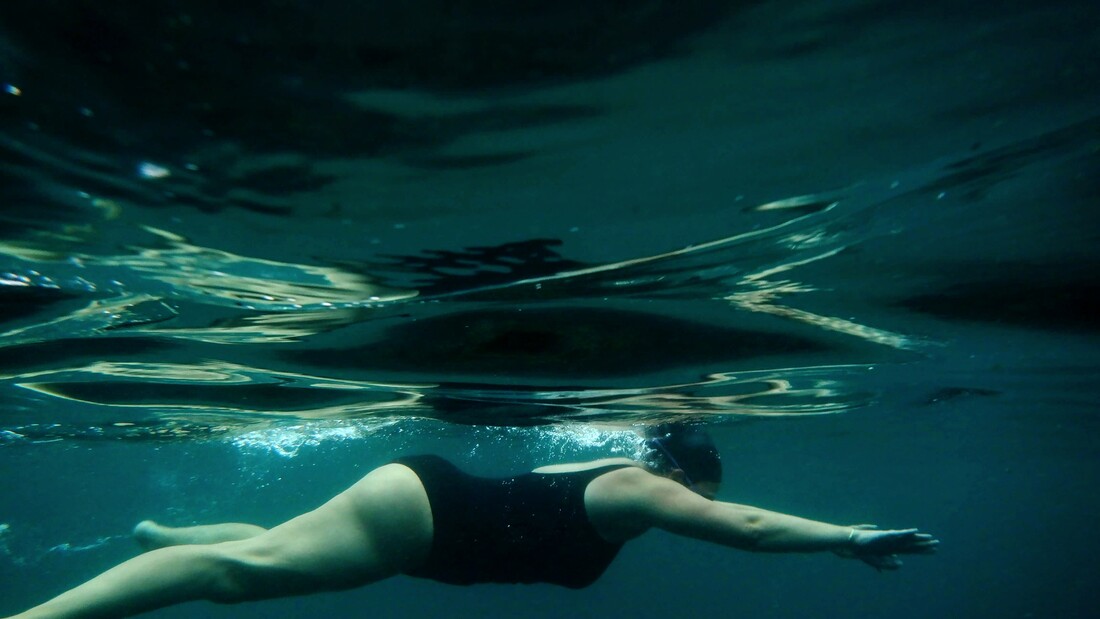
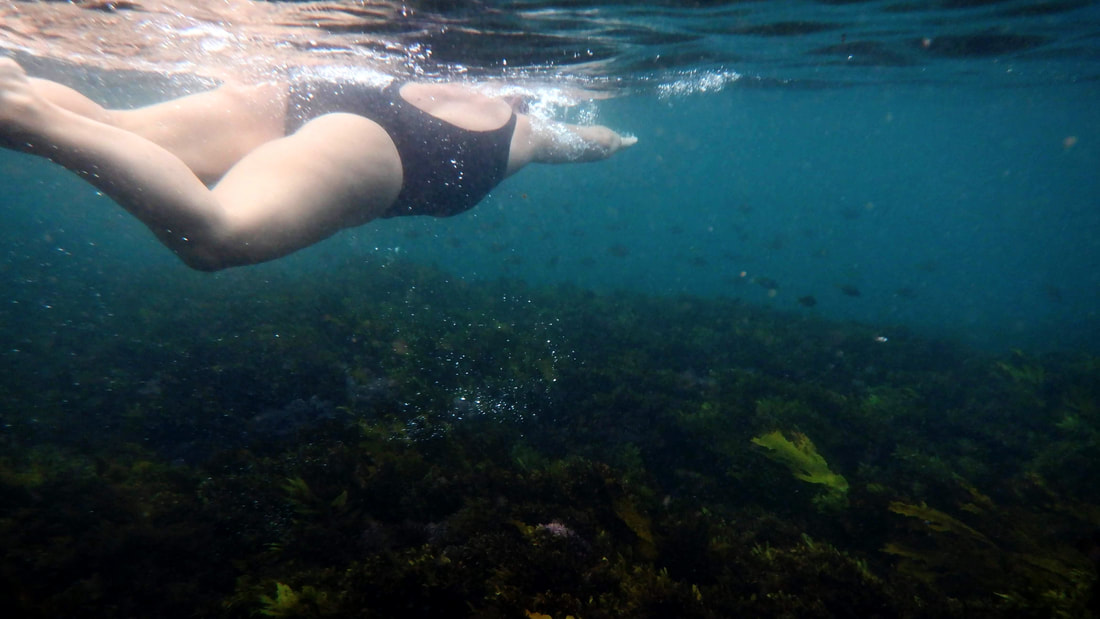

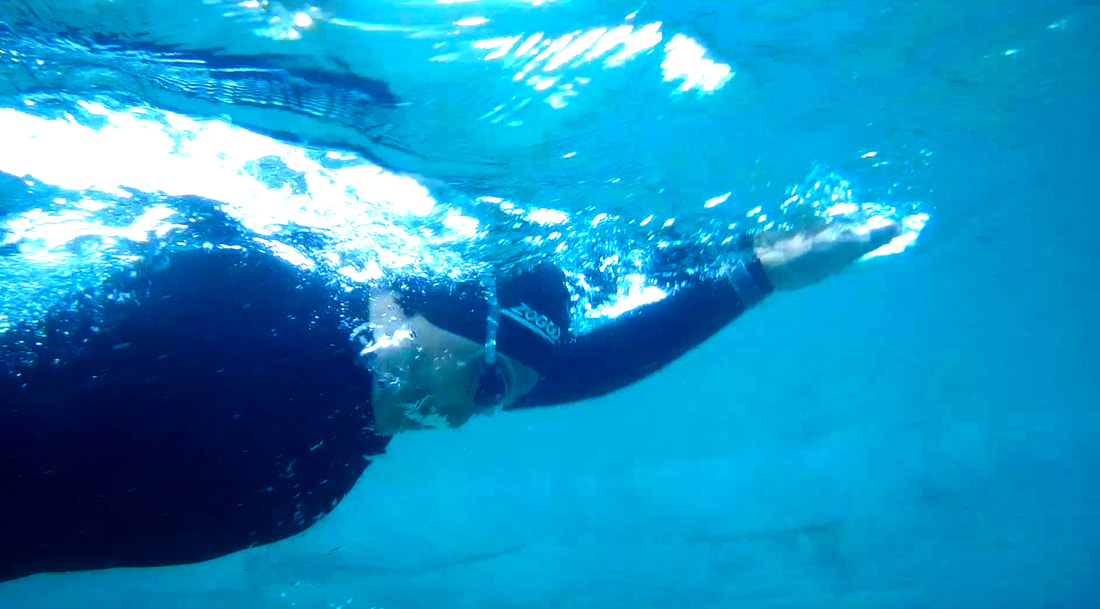
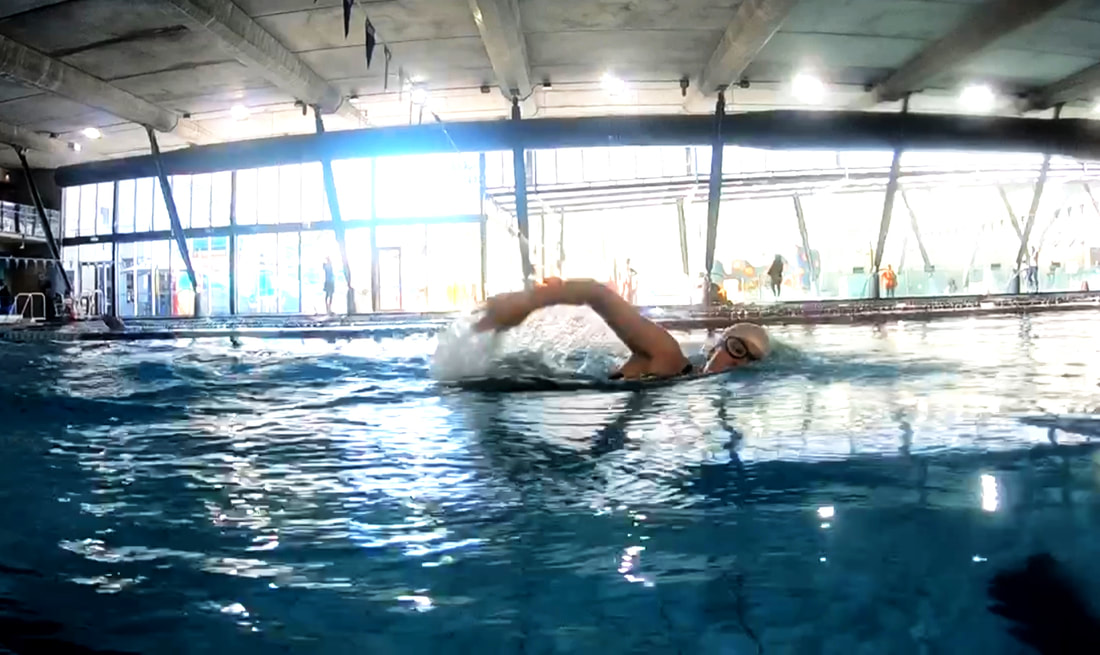
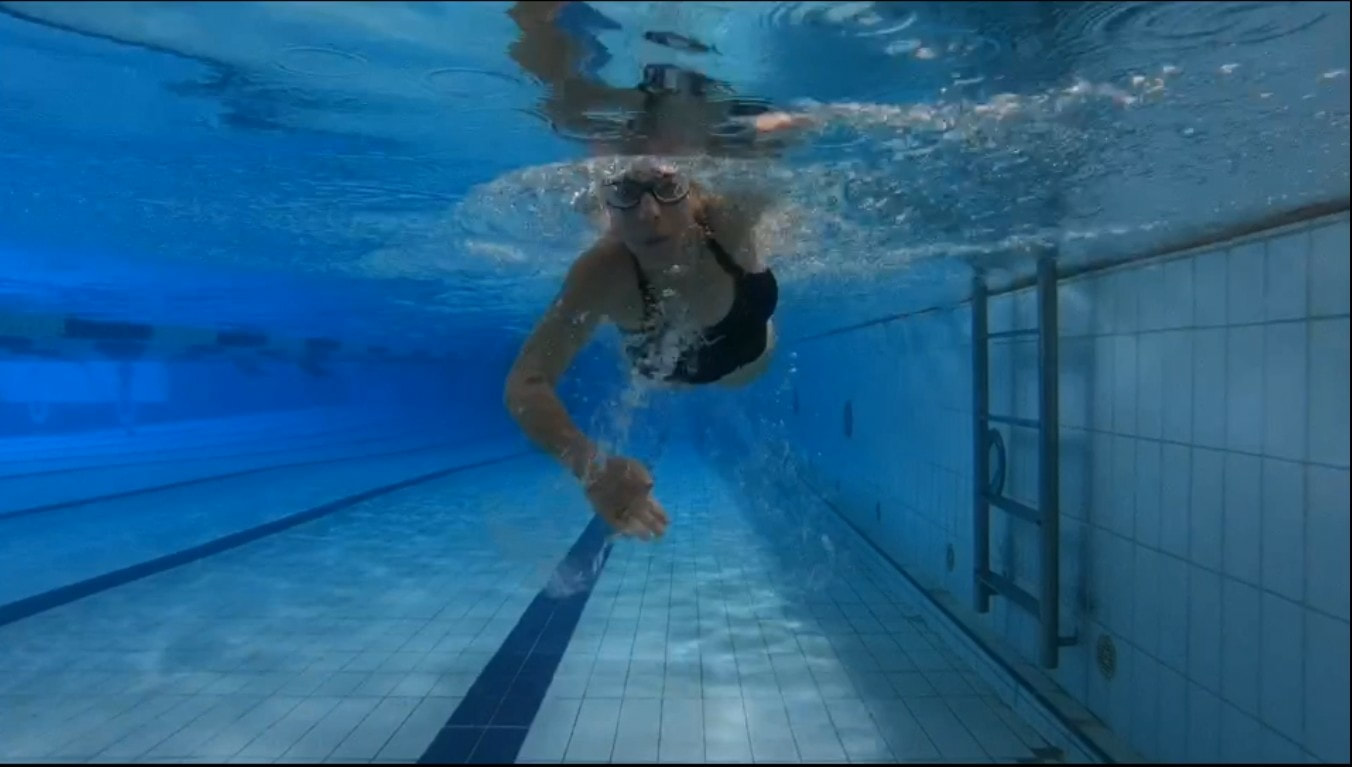
 RSS Feed
RSS Feed

